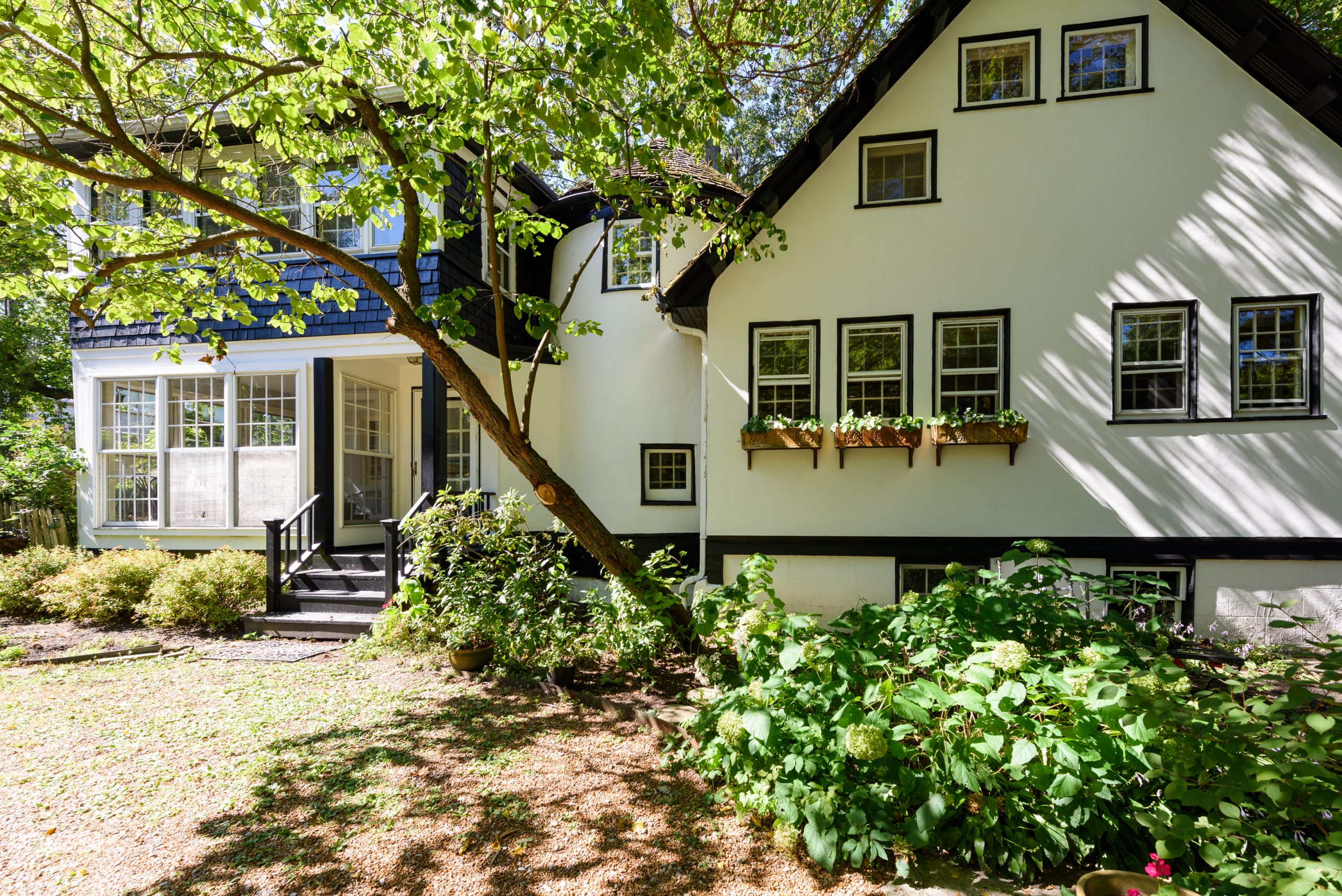
Original Post: January 10, 2018
The above charming property was initially intended as the stable for a large estate near Highland Park’s business district. Town officials blocked the completion of the stable. They disliked the idea of horses grazing close to town along Sheridan Road and required the owners to convert the structure into a house. The conversion was completed in 1902. Over time, the estate was subdivided into separate lots, leaving the 1902 house at the back of a flag lot, a position which is grandfathered under current zoning codes but no longer permitted for new construction. The house is behind another on Sheridan Road and accessed by a private gravel driveway, which is the stem of the flag and an unbuildable portion of the lot.
The current owners questioned me whether their property would command a higher price as a “rehab” or a “tear down.” My answer: The list price would be the same either way. It should be a list price equally attractive to an end user and developer. My caveat: The developer likely will want to pay less. The question and answer about price, however, presupposed resolving other unknowns: What constraints might there be on renovating or expanding the existing structure? Could the house be torn down? Do current zoning laws allow a new marketable house to be built?
The 1902 house is not a local nor a national landmark. It can be renovated as in the past–within the confines of its original footprint: front porches enclosed, copper plumbing lines installed, cedar shake roof replaced, kitchen and baths updated. However, additions to the rear or sides, e.g., to expand the kitchen or add a family room, would violate the rear- and side-yard setbacks of flag lots in the property’s R5 zoning district. A front addition, though conceivable, is likely to endanger the charm of the façade and functionality of the floor plan.
The house can be torn down and a new one built. The configuration and size of the lot’s buildable section (100 X 140) can accommodate new construction over 5000 sq.ft. with all proper setbacks–front, rear and side. However, even absent landmark status, the Highland Park Historic Preservation Commission reviews demolition applications using nine (9) criteria of historic and architectural significance, and recommends a 180-day moratorium on the demolition of a structure that meets one (1) or two (2) criteria and a 365-day moratorium for a structure that meets three (3) or more criteria. A moratorium of any length impacts price and closing date. The city also imposes a $10,000 tear down fee used to help fund its affordable housing program. The tear down fee additionally impacts price.


 Facebook
Facebook
 X
X
 Pinterest
Pinterest
 Copy Link
Copy Link